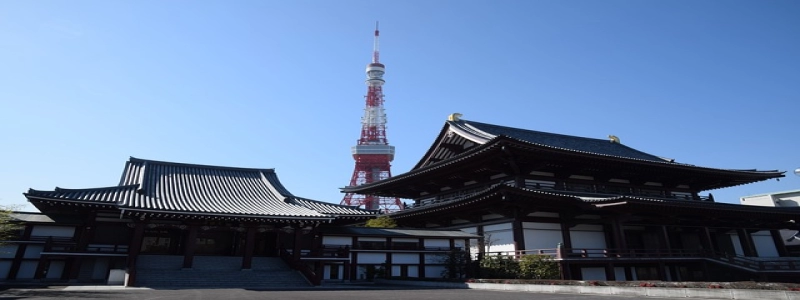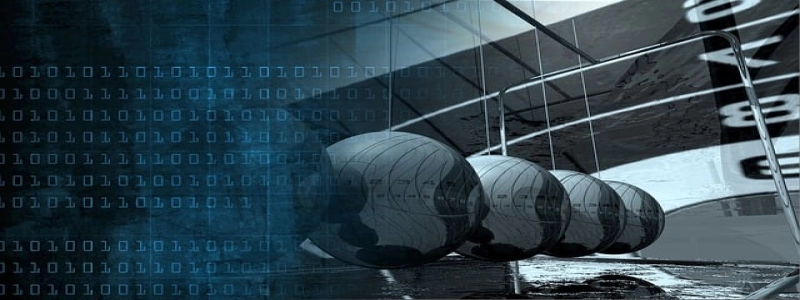Standard Single Mode Fiber
Introduction
Single mode fiber is a crucial component in the field of telecommunication and data transmission. This article will provide a comprehensive overview of standard single mode fiber, including its structure, characteristics, and applications.
Structure
Standard single mode fiber consists of a core, cladding, and protective coating. The core is the central part of the fiber, through which the light travels. It has a diameter of around 8 to 10 micrometers. The cladding, surrounding the core, has a lower refractive index than the core. This helps to guide the light along the core by reflecting it back into the core whenever it attempts to escape. The cladding is typically made of silica. Finally, the protective coating, made of a polymer material, provides mechanical strength and protects the fiber from external factors.
Characteristics
Standard single mode fiber is designed to carry light over long distances with minimal signal loss. It operates at a wavelength of around 1310 or 1550 nanometers. Due to its small core diameter, it only allows the propagation of a single mode, eliminating any dispersion that can occur in multi-mode fibers. This results in higher bandwidth and longer transmission distances. Furthermore, single mode fiber has low attenuation, meaning that the signal degradation over distance is minimal.
Applications
Standard single mode fiber is widely used in various applications, including long-distance telecommunication, internet backbone networks, and cable television systems. Its ability to transmit signals over long distances without significant signal loss makes it ideal for connecting different cities or even countries. Additionally, its high bandwidth capacity allows for the transmission of large amounts of data, making it essential in data centers and high-speed internet connections.
Conclusion
Standard single mode fiber is a critical component in today’s telecommunications infrastructure. Its unique structure, optimized for long-distance transmission, and superior characteristics, such as minimal dispersion and low signal loss, make it the preferred choice for high-speed data transmission. With the continuous advancement in technology, single mode fiber will likely play an even more significant role in the future, enabling faster and more reliable communication networks.








